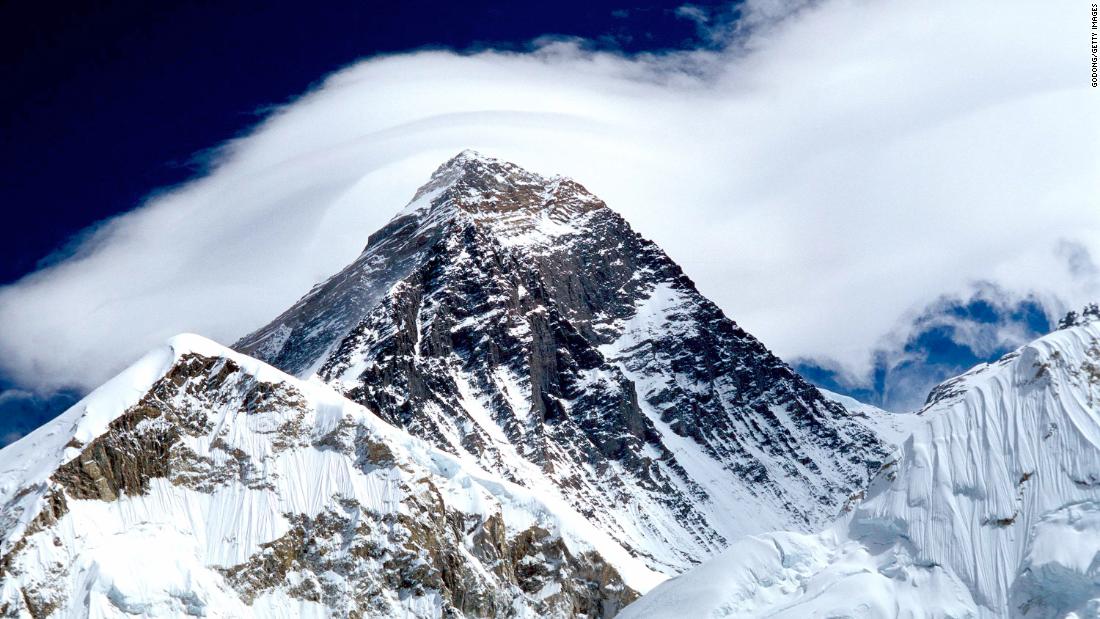Mount
Everest expedition operators are finding increasing numbers of climbers' dead
bodies on the world's highest peak as high temperatures melt glaciers and snow.
More than 200 mountaineers have died on the peak since 1922, when the first
climbers' deaths on Everest were recorded. The majority of bodies are
believed to have remained buried under glaciers or snow.

"Due to the impact of climate change and global warming, snow and glaciers are fast melting and dead bodies are increasingly being exposed and discovered by climbers," Ang Tshering Sherpa, former president of Nepal Mountaineering Association, told CNN. "Since 2008 my own company has brought down seven dead bodies of some mountaineers, some dating back to a British expedition in the 1970s."
'It's getting worse'
Studies suggest that glaciers in the Everest region
are melting and thinning. Sobit Kunwar, an official of Nepal National Mountain
Guides Association, told CNN:
"It's a very serious issue because it's increasingly common and affects our operations. We are really concerned about this because it's getting worse," he added. "We are trying to spread information about it so that there can be a coordinated way to deal with it."
The
association's treasurer, Tenzeeng Sherpa, said that climate change is affecting
Nepal rapidly, saying that in parts glaciers are melting by a meter every year.
"Most of the dead bodies we bring to the towns, but those we can't bring down we respect by saying prayers for them and covering them with rock or snow."
He
lamented the authorities' lack of action in dealing with dead bodies
encountered on the mountain.
"We have not seen the government taking any responsibility," he said.
'Herculean task'
Recovering
and removing bodies from the higher camps can be both dangerous and expensive. Ang
Tshering Sherpa, one of the first pupils to study at a mountaineering school
built by the New Zealand climber Edmund Hillary and a pioneer of Everest
tourism, said that one of the most dangerous recoveries was at 8,700 meters,
near the peak.
"The body weighed 150kg [23.6 stone] and it had to be recovered from a difficult place at that altitude. It was a Herculean task," he said.
He
added that it takes a long time to get funding from the government to remove
bodies.
"But we, the operators, feel it is our duty and so whenever we find them, we bring the bodies down."
Comments
Post a Comment